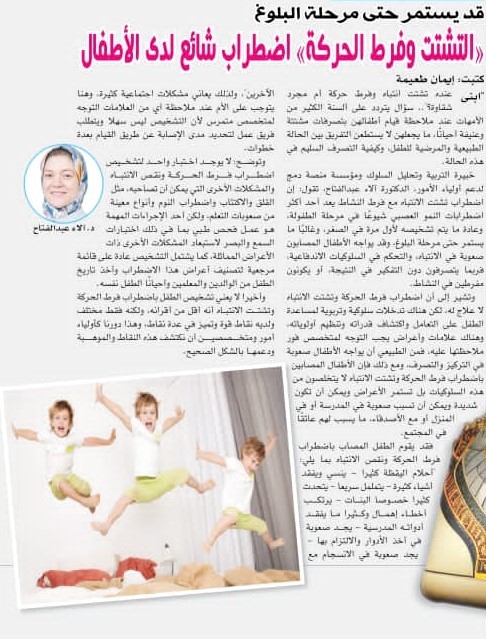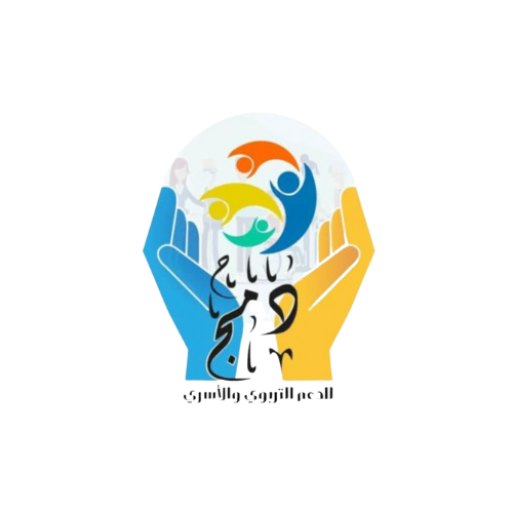Children are naturally curious and energetic beings, but sometimes their exuberance can manifest as confusion and hyperactivity. It is essential for parents and caregivers to understand these behaviors and learn effective strategies to help children navigate their energy and emotions in a positive and constructive manner. In this article, we will explore the causes of confusion and hyperactivity in children and provide practical tips for managing these behaviors.

Understanding Confusion and Hyperactivity
Confusion in children can arise from a variety of factors such as information overload, lack of understanding, or difficulty in processing stimuli. Hyperactivity, on the other hand, is characterized by excessive movement, fidgeting, and difficulty staying focused. Both confusion and hyperactivity can impact a child’s ability to concentrate, follow instructions, and engage in productive activities. You can go through this article to know more details
Tips for Dealing with Confusion and Hyperactivity:
Establish Clear Routines and Structure:
Children thrive in structured environments. Establish consistent daily routines that include regular meal times, bedtime rituals, and designated study/play periods. Clear expectations and a predictable schedule can help reduce confusion and provide a sense of security for children.
Break Tasks into Manageable Steps:
Complex tasks can overwhelm children and contribute to confusion or hyperactivity. Break tasks into smaller, manageable steps to help them understand and complete them more effectively. Offer clear instructions and provide support as they work through each step, offering encouragement along the way.
Create a Calm Environment:
A calm and organized environment can help reduce confusion and hyperactivity. Minimize distractions, create designated spaces for different activities, and maintain a clutter-free area for studying or engaging in quiet play. Consider using visual cues and labels to help children navigate their surroundings and find items easily.
Encourage Physical Activity:
Children often have abundant energy that needs an outlet. Encourage regular physical activity to help them channel their energy in a positive and healthy way. Engage in activities such as outdoor play, sports, or dance that allow them to burn off excess energy and improve focus.
Provide Clear and Simple Instructions:
When giving instructions, be concise, clear, and use simple language that matches the child’s developmental level. Break down instructions into small steps and provide visual aids or gestures to reinforce understanding. Offering praise and positive reinforcement when they follow instructions can also reinforce desired behaviors.
Teach Self-Regulation Techniques:
Help children develop self-regulation skills to manage their confusion and hyperactivity. Teach deep breathing exercises, mindfulness techniques, or self-calming strategies like counting to ten. Encourage them to identify their emotions and find appropriate ways to express themselves, such as through art, journaling, or talking with a trusted adult.
Seek Professional Advice:
If confusion and hyperactivity persist and significantly impact a child’s daily functioning or social interactions, it may be beneficial to seek professional guidance. A pediatrician, psychologist, or child development specialist can provide a comprehensive evaluation and recommend appropriate interventions or therapies tailored to the child’s needs.
At the end, confusion and hyperactivity in children can be challenging, but with understanding and effective strategies, parents and caregivers can help children navigate these behaviors. By establishing routines, offering clear instructions, creating calm environments, encouraging physical activity, teaching self-regulation techniques, and seeking professional guidance when necessary, we can support children in managing their energy and emotions in a positive and constructive manner. Remember, every child is unique, and it’s essential to be patient, empathetic, and flexible in finding strategies that work best for them.






